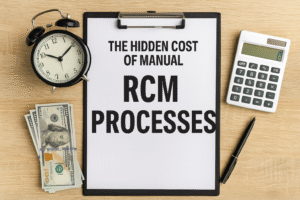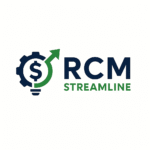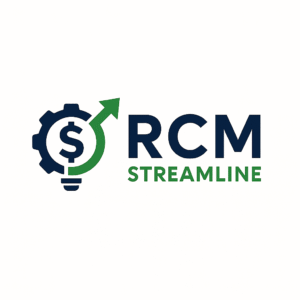The Hidden Cost of Manual RCM Processes

The Hidden Cost of Manual RCM Processes
Revenue Cycle Management (RCM) is the backbone of any healthcare organization’s financial health. But if your team is still using manual processes—paper files, spreadsheets, email follow-ups—you could be losing thousands of dollars each month without even realizing it.
1. Time Delays Lead to Revenue Loss
Every hour spent manually verifying eligibility or faxing documents is time that could be used to secure reimbursement. Delays increase the chance of missed deadlines, lost documentation, or incomplete authorizations.
2. Error Rates Are Higher
Manual data entry is prone to human error. One wrong digit in a patient ID or one overlooked code can result in claim denials, rejected authorizations, or compliance audits.
3. Lack of Visibility Slows Decisions
Without centralized tracking, it’s hard to know where each request stands. This creates bottlenecks in approvals and impacts scheduling and patient care.
4. Compliance Risks Grow
Manual handling of PHI (Protected Health Information) increases the risk of HIPAA violations—especially when information is passed through unsecured channels like email or printed documents.
5. You’re Missing Out on Data Insights
Automated RCM tools often provide dashboards and reporting. Manual processes don’t. That means you’re flying blind when it comes to spotting trends, payer delays, or recurring denial reasons.
💡 Takeaway:
Manual RCM may feel familiar—but it’s silently draining your team’s productivity, profitability, and compliance. Modernizing your workflow doesn’t just save time—it saves money and improves patient outcomes.

